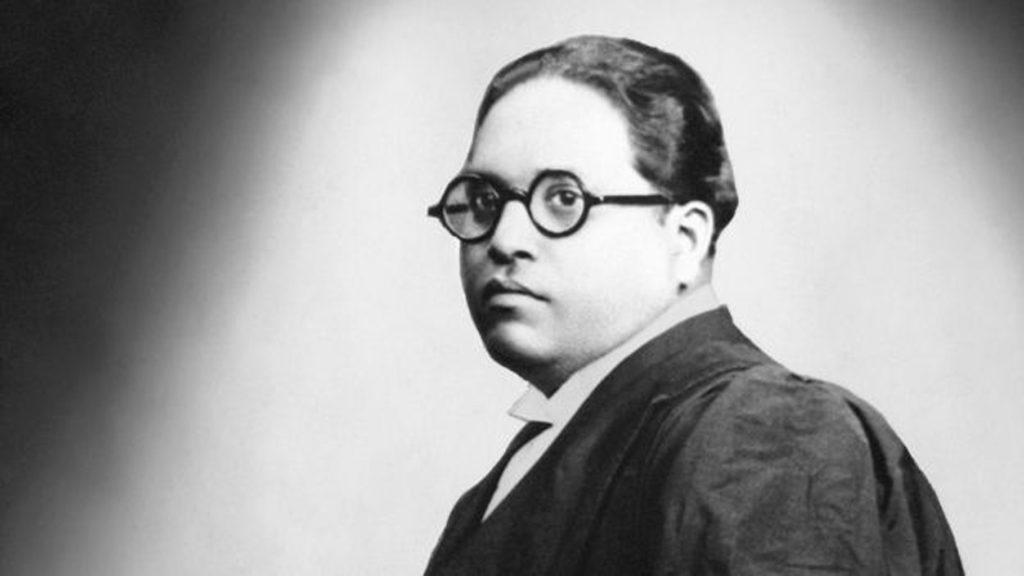
Ramblings on Style – Babasaheb Ambedkar and Various Modes of His Being
When we think of style, we just reduce it to non-essential or even redundant part of what is considered as the “Substance” and there are pithy phrases like – Only Style, No Substance. However, Style is the essence of everything and substance or “content” cannot be communicated without “mode” of communication. Medium is the message and style is the process or essence of communication. Great French literary philosopher, Raymond Queneau, in his extraordinary book “Exercises in Style” demonstrated how “one” story can be told in many styles. His experiments with the styles have opened up a new vista of how style is the essence of everything. A mere content cannot stand without its expression and that is why style matters and matters a lot.
“Ideal” is a newly found drama and novel written by Ayn Rand, in which how the change in the style of writing a particular genre changes the substance is clearly demonstrated. With this background, we can look at two different styles of Babasaheb Ambedkar while he wrote and spoke the same substance. We can notice many styles of his writings and speeches if we study many texts that he wrote and on many occasions, he spoke. But, we do not have, except one recording of his long talk on 17th December 1946 and the BBC interview, specimen of his speaking styles. He must be a very inspiring speaker judging by the audiences he addressed to in which he raised the level of consciousness of the people to the new heights. Any speech picked up at random will show that it has an emancipatory quality. It broadens the worldview, but while Babasaheb does this magic, he does not try to make you a slave of his thinking. He makes you free to think through.
So coming back to the speech that is available to us and the text that is available to us, we have a vantage point to compare his two styles: written and spoken.
He gave a path-breaking speech in Kathmandu which was titled as “Buddha or Marx”. It was addressed to the Buddhist gathering from all over the countries and he gave a lucid speech, which contains many methods and strategies of the persuasion. The devices that he uses, the language that he uses, the stories that he tells, the emotions that he invokes, and the knowledge that he displays are an intricate display of his oratory. In the first few words, he catches the attention of his audiences by shocking the audiences by telling them that the “Buddhism is doomed” if not reformed. Then he talks about how the young people in the Buddhist countries are fascinated by Communism (he foresaw how Buddhist countries will get into trouble with the onslaught of communism). Then he talks about Communism, followed by Buddhism and this is done using the “contrast/compare” method. His speech becomes crystal clear and we begin to see his arguments very clearly. He then substantiates what he said with examples and offers the comparison between the methods taught by the “Communism” and “Buddhism”.
Then we have a scholarly text version of the same content. It is structured very methodically and scholarly. It is more dense and complex in understanding and the reader needs to slow down and dabble with the ideas. The quality of writing is superb and the arguments constructed are structured and layered. It has a style of writing which is serious and academic. He starts by enumerating his understanding of the Tripitaka and brings out Buddha’s teachings in almost “axiomatic” form, just like the axioms of Euclid’s Geometry. Then he also brings out important elements of “Communism” and the writings proceeds towards a logical comparison and showing the efficacy of the methods of both “Communism” and “Buddhism”. The text is hard but gives itself in if one is ready to engage with it laboriously, unlike the speech, which yields immediate juice.
The students of writings and speeches of Babasaheb Ambedkar are fortunate to have these two specimens ready which can be studied together and with the parallel comparison. It shows two modes of Babasaheb Ambedkar’s being: The consummate scholar writer and astonishing persuader. We can discover many modes of thinking in Babasaheb Ambedkar. Just like Einstein discovered relativity using the “mode” of Music, we all need various modes of thinking to look at the same thing. The “analogous thinking” is the heart of creativity where the mode of thinking of one discipline and can be used by the another discipline. So learning “quantum physics” is not just a privy of the physicists, but that mode of understanding can also be brought in the service of sociology.
Author – Mangesh Dahiwale, Human Rights Activist



Congrats on congrats for analysing the style of Baba Sahib…..